Papaya is such a misunderstood fruit! Yet, it has so many delicious and useful uses.
Here you will find everything you need to know to start enjoying papayas all the more.
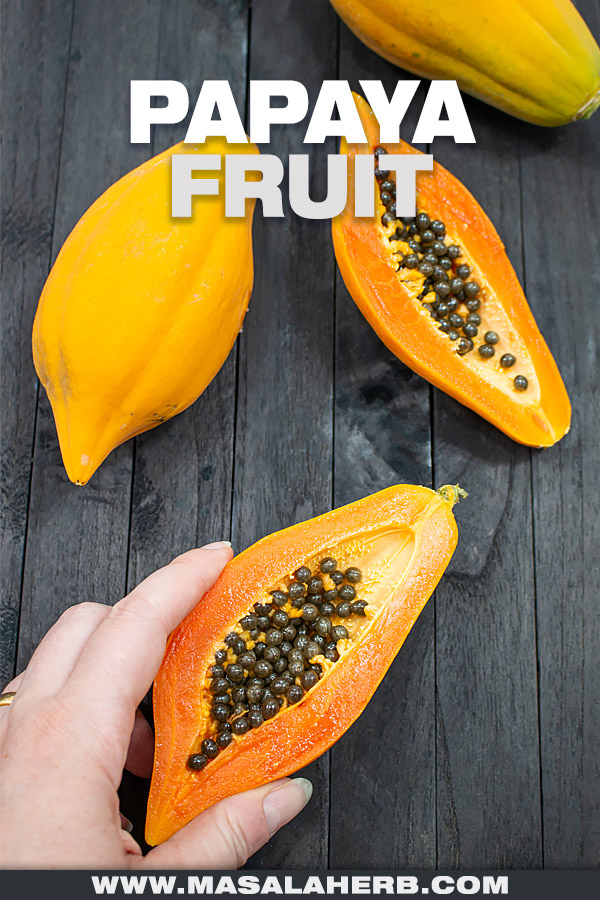
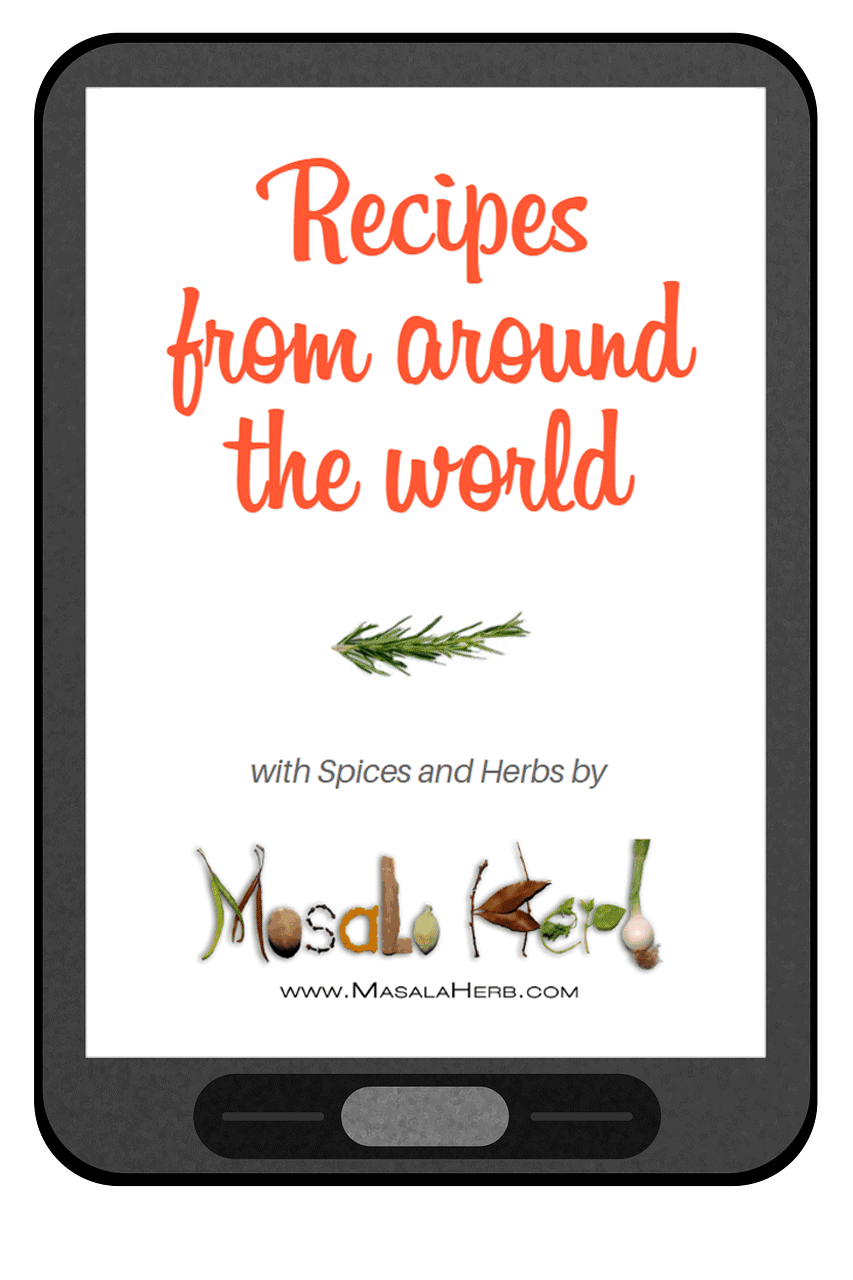
Global Food Recipes
with Spices and Herbs
Free E-Book available for a limited time. Grab yours now and get instantly inspired!
You missed out!
What is Papaya?
Papaya or Pawpaw is a sweet, pulpy, and nutritious fruit that widely grows in tropical climates.
The first thing you’ll notice about a Papaya is its vibrant color, like sunshine in a fruit.
It is one of those fruits that people either really love, or really hate because of its peculiar taste.
A papaya tree can grow up to 30 feet tall and bears fruit all year round, so it’s a safe fruit to love. You can grab one anytime!
A tree can be female, male or both, the so-called third gender, having female and male reproductive plant parts growing on one tree.
The fruit grows on the female, or the third gender, only. A male papaya tree doesn't yield fruits but it is required to have one nearby so that insects can pollinate the female trees.
Papayas vary in size too. Wildly grown varieties tend to be smaller, more fragrant, and are perfect for a single serving.
The commercial varieties of papaya can weigh as much as five pounds. The moment you cut open papaya, you’ll see its center laced with black, round seeds.
These are typical of papayas and are not consumed with the fruit. However, these seeds can be dried and used as a great substitute for black peppercorns.
They are a spice on their own! If you want an effortless papaya eating experience, you can easily get your hands on some seedless papayas.
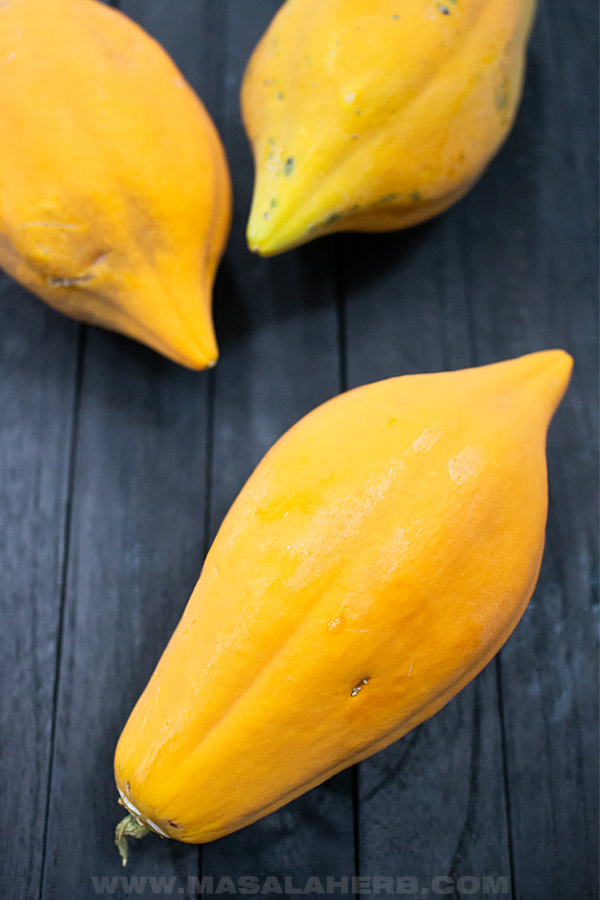
These are grown by grafting and budding and also tend to have a longer shelf life.
Growing Papayas is a highly sustainable form of fruit farming, as every part of the tree is used and nothing goes to waste.
The fruit and the leaves are put to several medicinal uses, and even its stems are turned into eco-friendly straws to replace plastic ones. Cheers to Papayeah!
Origins
Papayas are native to southern Mexico, but thanks to the Spaniards, they soon made it to tropical Asian countries like the Philippines and India.
As of today, they are grown pan tropically across regions of Hawaii, Florida, Italy, Brazil, Nigeria, and Thailand.
India remains the largest producer and exporter of the fruit.
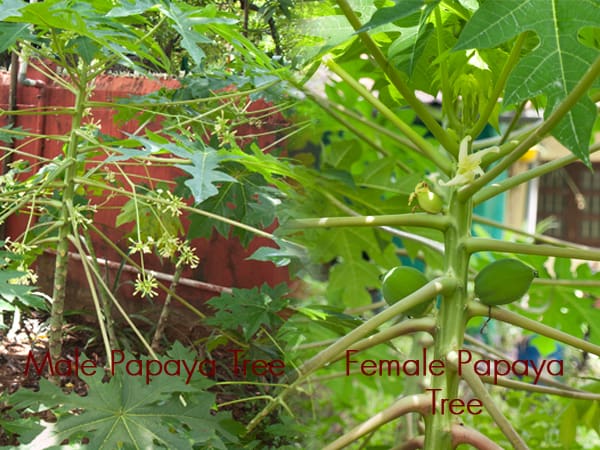
Varieties
Papaya varieties are plentiful, too. Here are a few varieties that you should look out for,
- Mexican Yellow Papaya - These are relatively huge, and their flesh is yellow and is extremely sweet to taste.
- Hawaiian Sunrise Papaya - It is also called strawberry papaya, due to the blush color of its flesh. It is much easier to remove the seeds in this one as they lie in a deeper cavity.
- Hortus Gold Papaya - This variety is native to South Africa and literally shines like gold. It also produces giant fruits, as heavy as four pounds.
- Oak Leaved Papaya - This one is native to Australia and has a pretty striped pattern on its skin. The fruit is small, sweet and its seeds are edible.
Since Indian papayas are exported across the globe, the variety is mesmerizing.
A few of them are Pusa dwarf, Pusa majestic, Washington, Solo, Ranchi, and Taiwan-786.
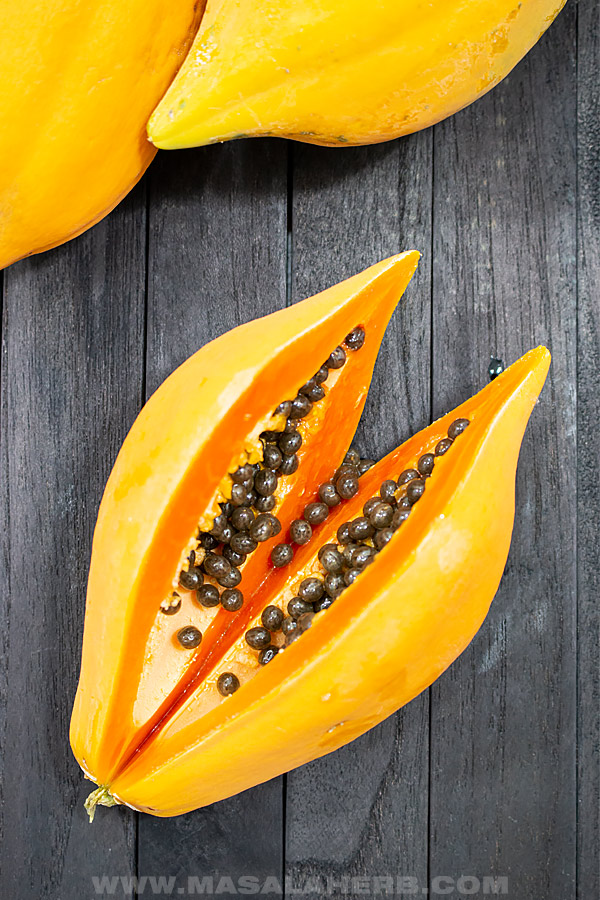
Ideas to Use
Papayas are a versatile ingredient, and you can use them in sweet as well as savory recipes.
Green papaya paste is a natural meat tenderizer, as it contains an enzyme called papain.
All you need to do is apply it all over your meat and let it rest for 20–30 minutes before cooking. The end result will be delicious meat falling off the bone.
You can also prepare a quick salad with green papaya. It's a thing in Thailand.
Raw papaya curry is another yummy, north Indian way of using it.
Raw papaya pickle is a great way to not only preserve the fruit, but to enjoy it as a side in every meal.
Ripened papayas can be readily made into a filling and nourishing juice, milkshake, or smoothie.
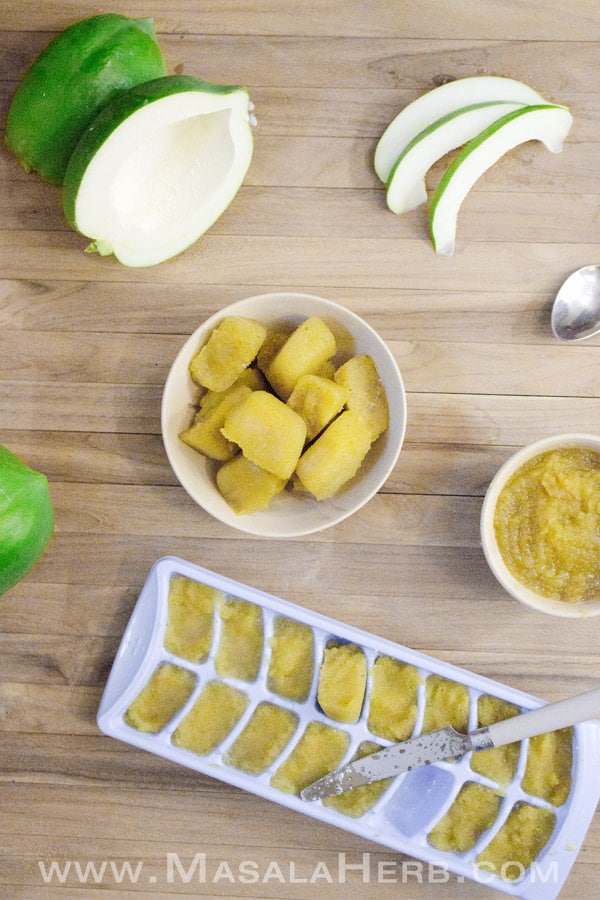
You can also try this quirky Papaya lime jam which is a big hit in my home. Modern cuisine has witnessed novel uses of the fruit.
Easy-to-make Papaya Chicken is something you should try! And Papaya Seed Dressing can take the simplest of salads to a whole new level of tasty.
Got a sweet tooth? Papaya is your fruit.
You can make Papaya Pudding, Gluten-free papaya bars, or even Papaya Bread! Papaya Ice cream will make you love summers, evermore.
I have compiled a papaya recipe collection to help you get going with this amazingly exotic fruit.
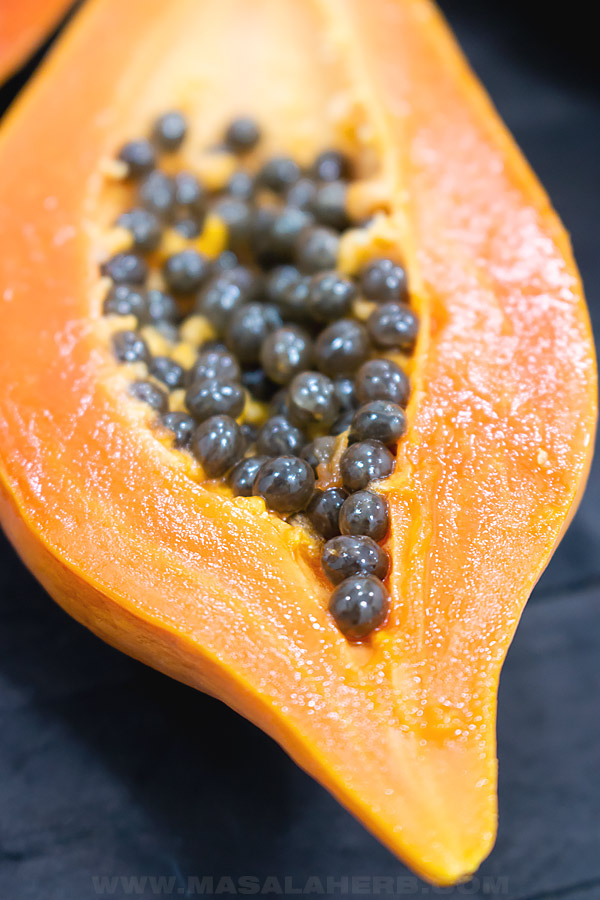
Storing
You can store ripe papayas, for your convenient use.
To accelerate the ripening process, papayas should be kept in a warm environment. You can also wrap them in a brown paper bag and even keep a ripe banana with them, to do the trick.
Once they’re ripe, you can refrigerate them, as it is, or by cutting them into pieces, for 2–3 days.
You can freeze the fruit, too, by cutting it into cubes and storing it in an airtight container or a zip lock bag. It won’t go bad for at least a year.
FAQs
Pregnant women should not eat raw papayas as it can cause harm to the baby’s growth in the womb. High amounts of latex in the fruit can also lead to premature labor. Ripe papayas with portion control should not harm, but always consult your doctor while pregnant.
To speed up the ripening process, papayas should be kept in a warm environment. You can also wrap them in a brown paper bag and even keep a ripe banana alongside them for quicker results.
At the earliest, you can pick the papaya from the tree when the fruit starts turning yellow. The longer you leave the fruit on the tree, the more tender the pulp is. The papaya sap or the latex that oozes the moment you break off the fruit has a variety of uses too.
Perfectly ripe papaya should be soft with a deep color, depending on its variant. If the papaya is too soft at the stem, mushy, or spotted, then it’s overripe and you should avoid buying it. If you’ve overlooked the papaya back home, and it’s overripe now, here’s how you can make the most of it.
Yes. Papaya makes for a potent, natural laxative. It contains a great amount of fiber and water, which keeps things moving down there.
Since Hawaii, California, Florida, and Texas grow papaya commercially, it should not be a giant task to buy the fruit around these regions. You can find them in a pinch in India, South America, and Mexico. Asian, African, Caribbean, and Indian specialty stores will surely have them stocked as well. You can also get them delivered through online shopping portals.
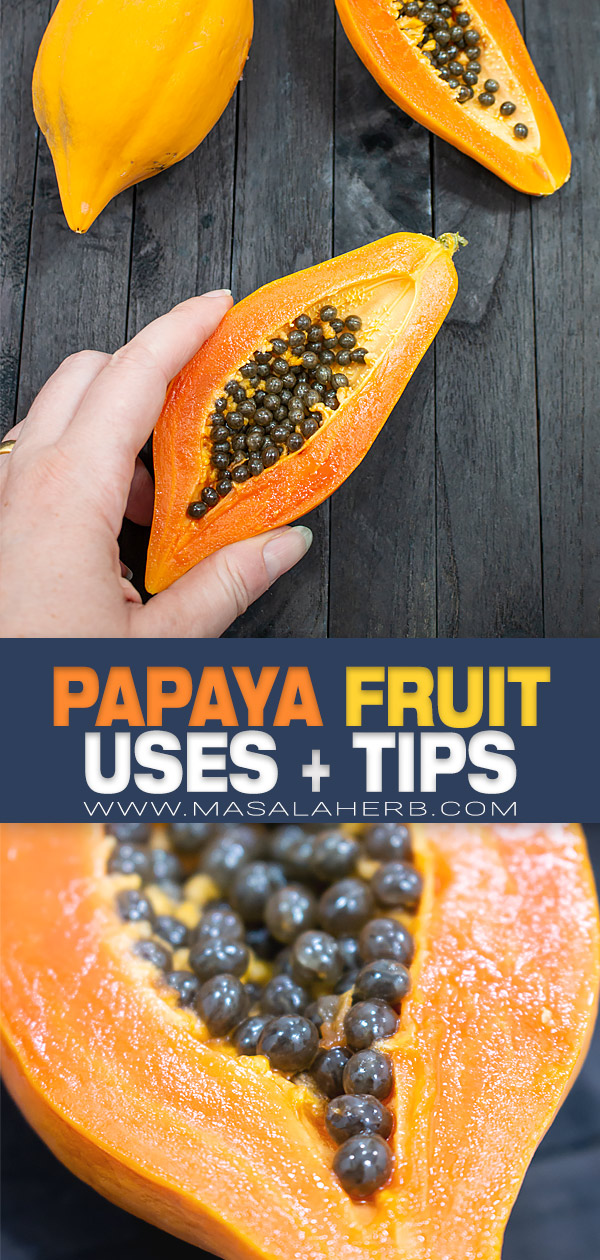

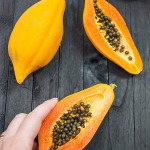
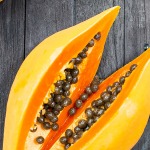
Comments
No Comments